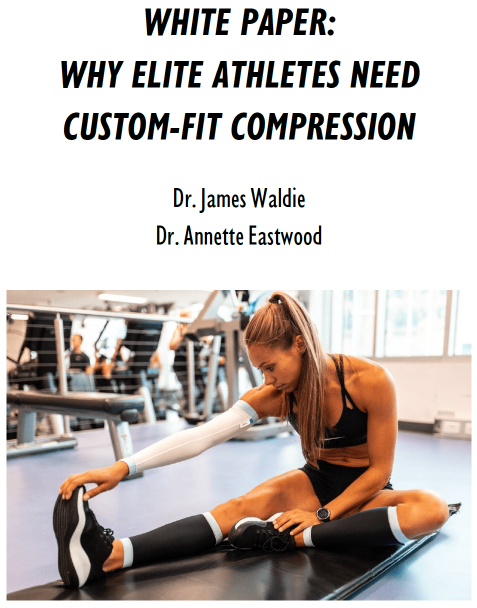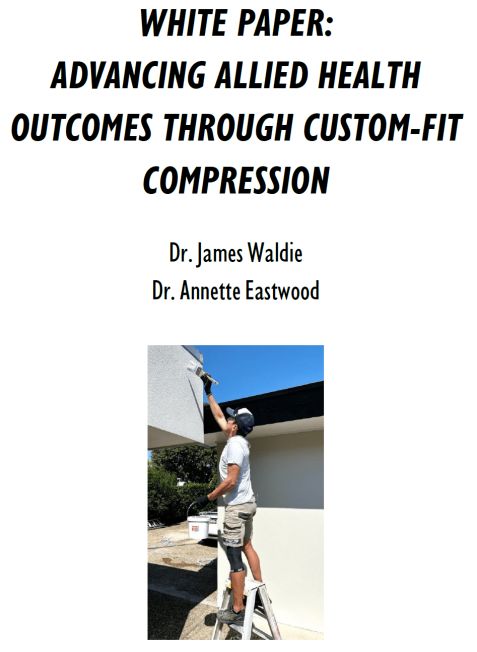Space
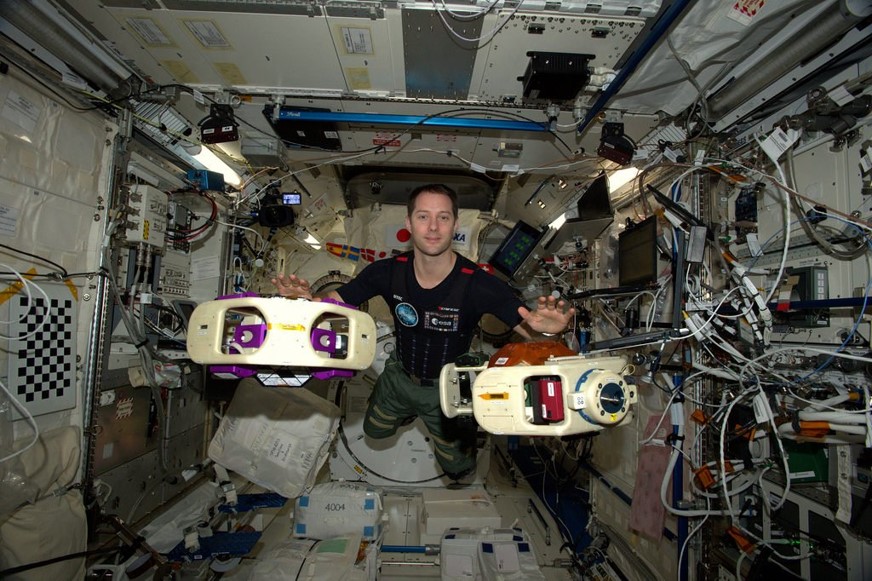
Today, CAPE is continuing the push to improve the lives of astronauts and leverage the developments for impressive new benefits on Earth.
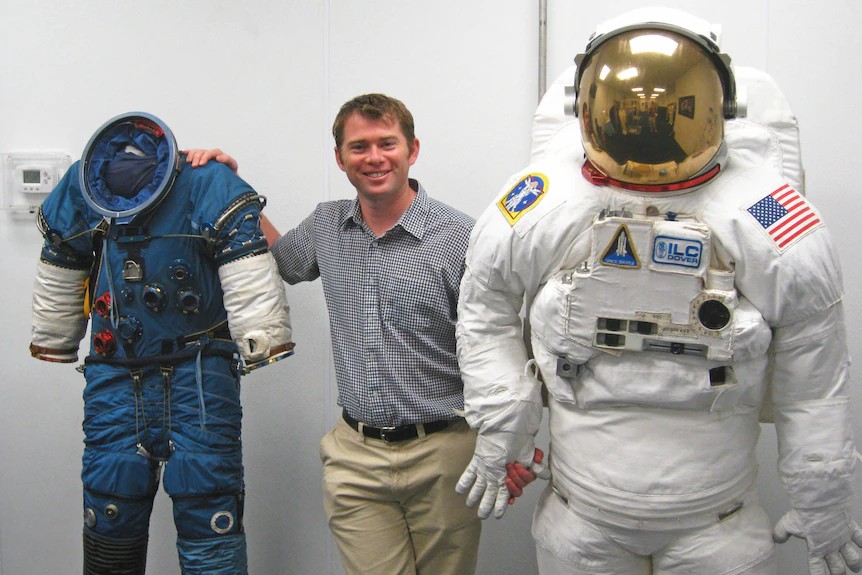
CAPE is also working in collaboration with NASA and others to develop new compression garments for Artemis. Astronauts can suffer from a loss of blood flow to the head when transitioning from a low to high-g environment, so we are developing new lower body garments that reduce pooling in the lower extremities. Importantly these suits can be easily adjusted to impose the desired compression regimes despite radical changes in body shape and size. CAPE is also working on compression suits that address the degradation in balance and control, due to the lack of sensorimotor stimulation in space. Both of these suits address issues highlighted by NASA in their Human Research Program.
CAPE is working with NASA on deploying our scanning technology on orbit to bring greater understanding of the physiological impact of long-duration spaceflight. Our 3D scanning systems, and our dedicated apps, are an accurate and practical new method to image astronauts on orbit and understand anthropometric changes due to fluid shifts, spinal elongation and muscle atrophy.
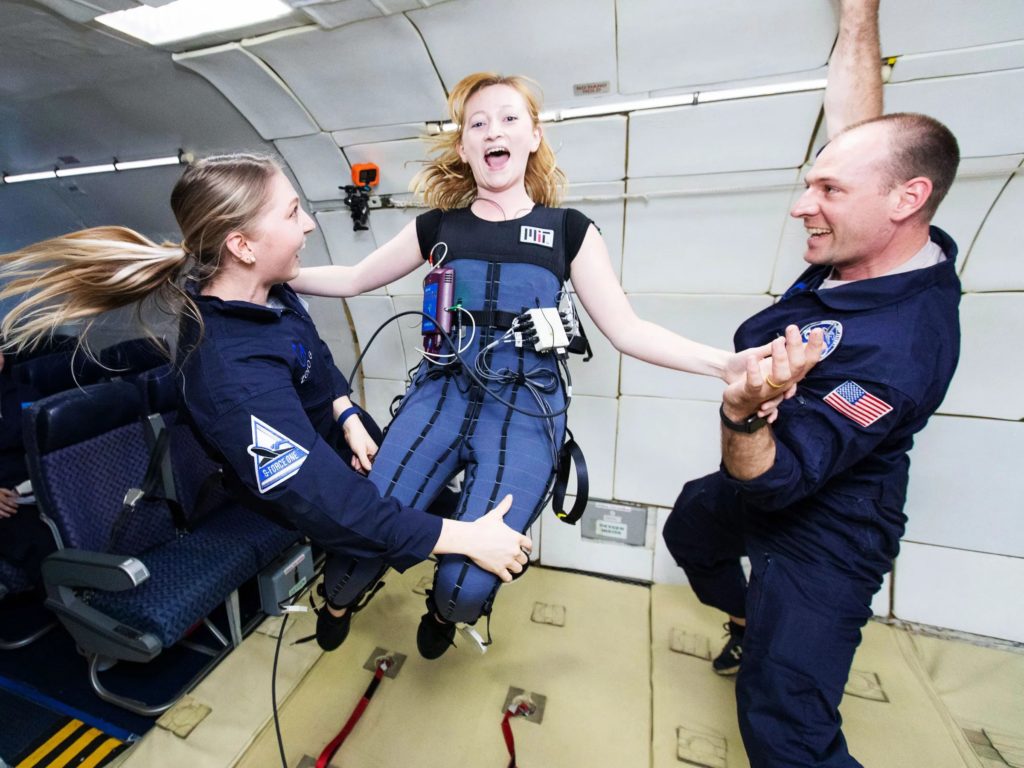
Looking ahead to the future, CAPE technology is being used by the Australian Space Agency to propose new spacewalking suits. The traditional extra vehicular activity (EVA) suits are big body-shaped balloons, and have served missions well, but they may be too heavy and cumbersome for Mars. Compression suits apply pressure via elastics (except for the helmet), and are much lighter, safer and flexible.

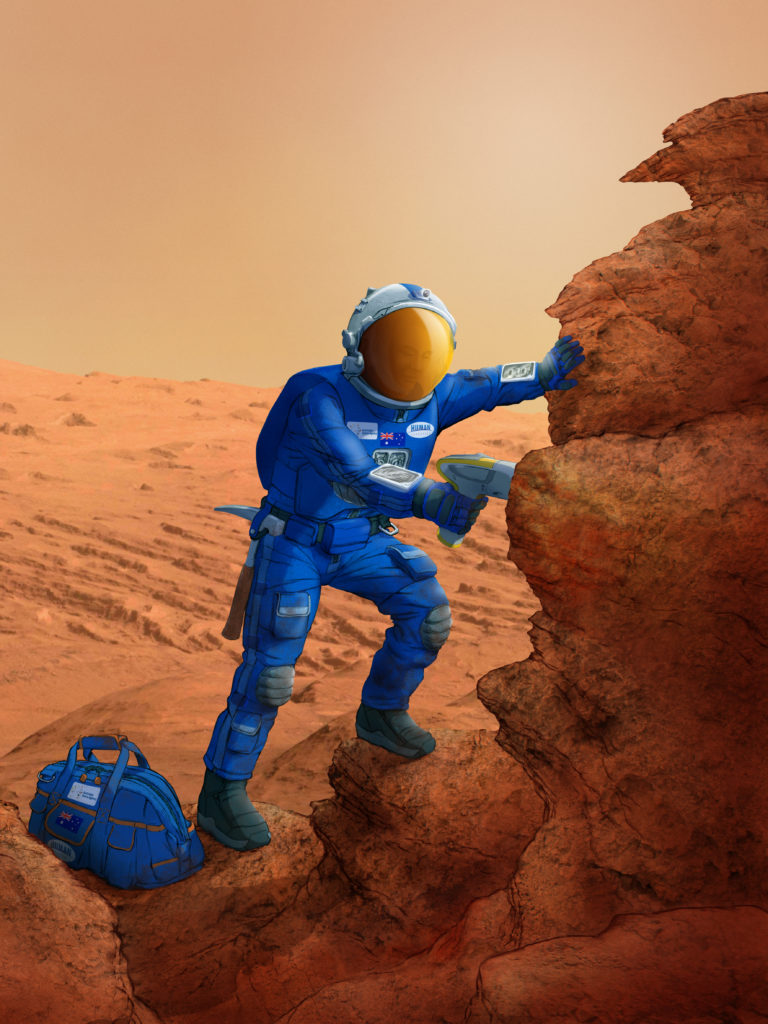
Conceptual spacewalking suit and cutaway, showing the use of compression to improve the mobility and safety of Martian EVA, while reducing mass and bulk.
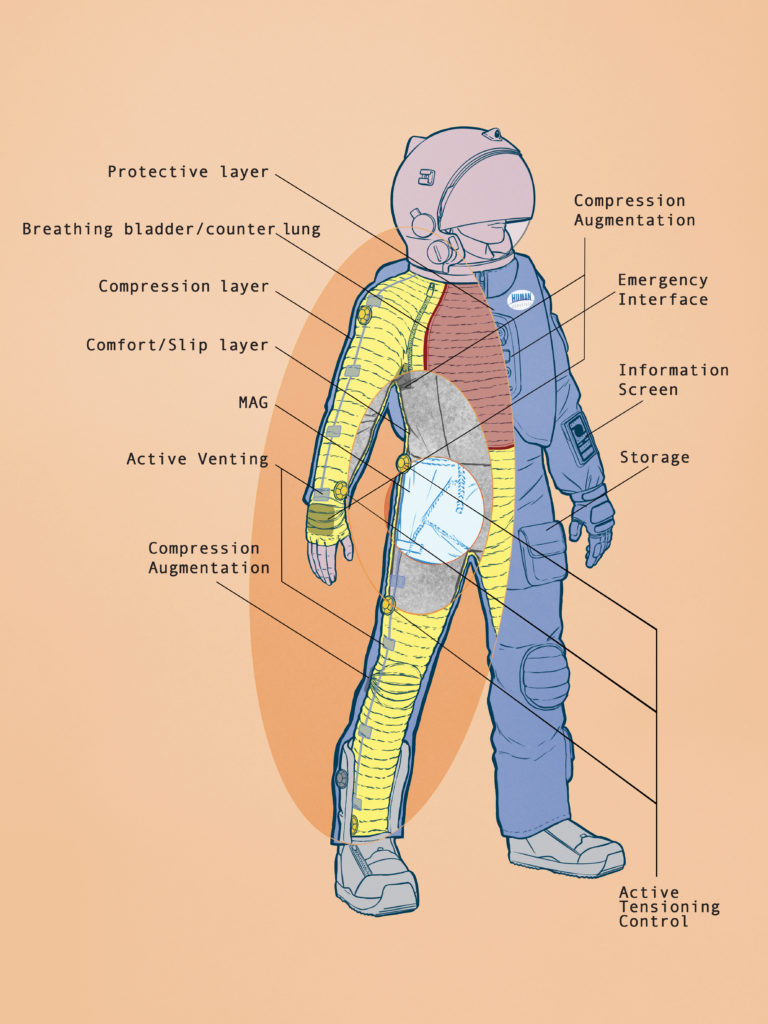
Copyright © CAPE Bionics. All Rights Reserved.
